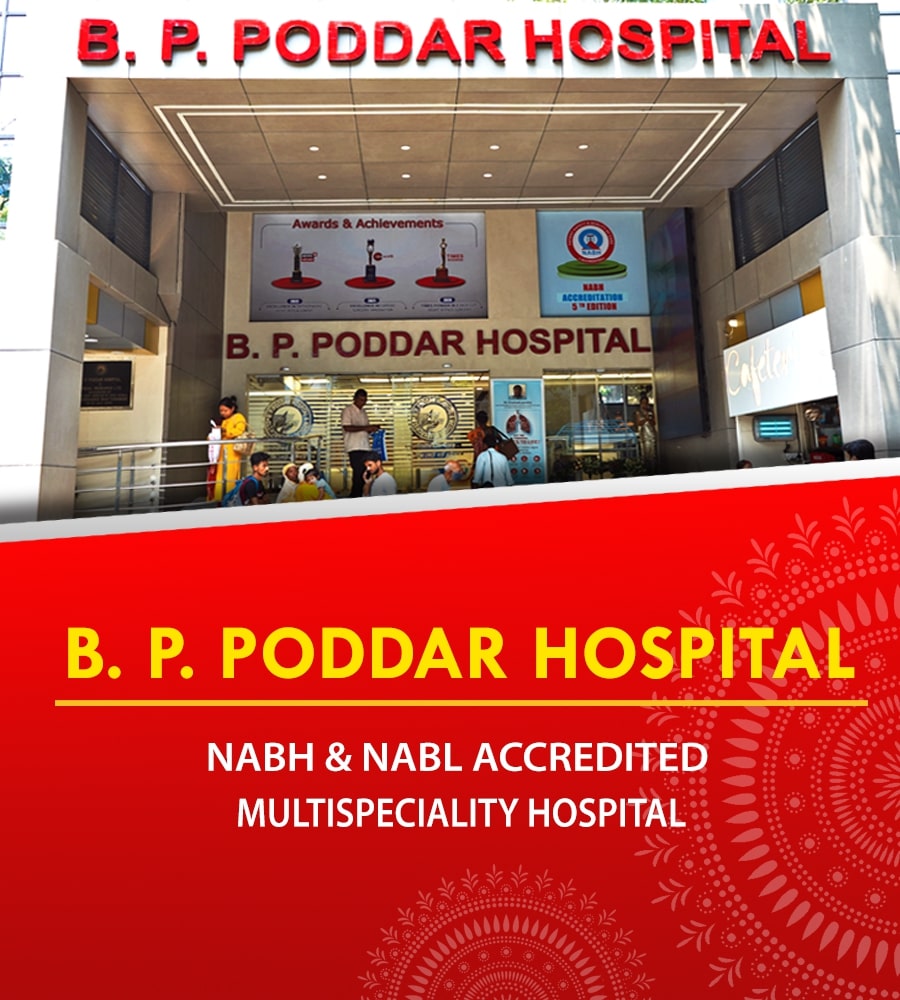At B. P. Poddar Hospital, we prioritize the health and well-being of our patients by maintaining state-of-the-art infection control facilities. Our commitment to providing a safe and secure environment is evident in the robust measures we have implemented to prevent the spread of infections. In this article, we delve into the key features of our infection control facilities and how they contribute to ensuring the highest standards of patient safety.

 NABH Accredited Hospital
NABH Accredited Hospital







